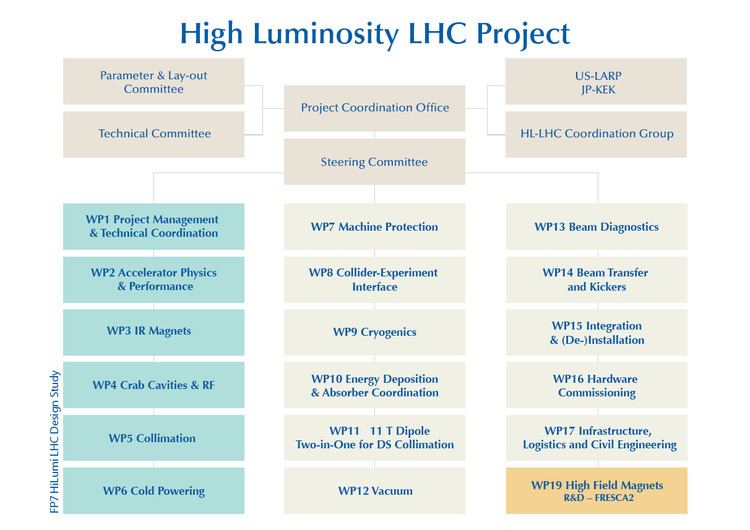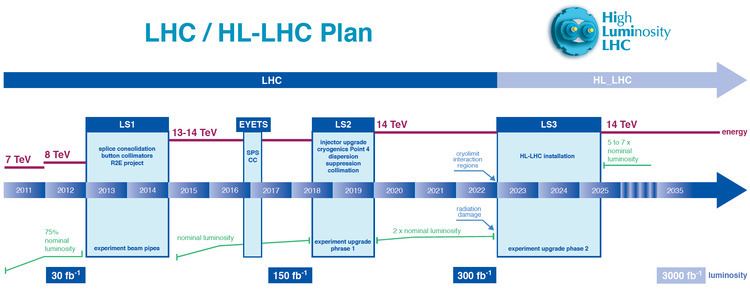Intersecting Storage Rings CERN, 1971–1984 ISABELLE BNL, cancelled in 1983 Relativistic Heavy Ion Collider BNL, 2000–present | Super Proton Synchrotron CERN, 1981–1984 Tevatron Fermilab, 1987–2011 Superconducting Super Collider Cancelled in 1993 | |
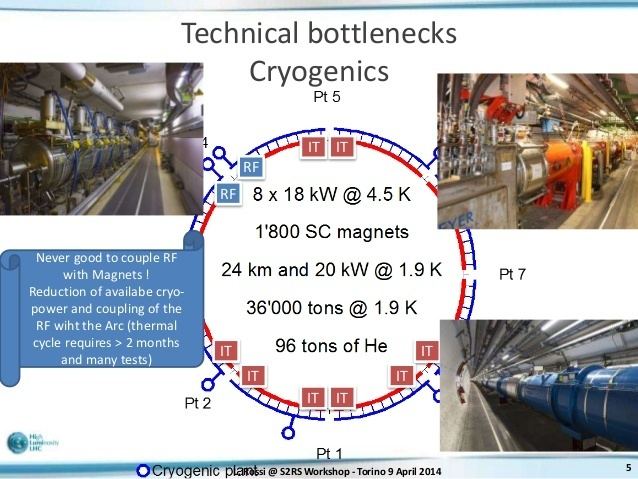 | ||
The High Luminosity Large Hadron Collider (HL-LHC; formerly SLHC, Super Large Hadron Collider) is a proposed upgrade to the Large Hadron Collider to be made after around 15 years of operation, in 2025. The upgrade aims at increasing the luminosity of the machine by a factor of 10, up to 1035 cm−2s−1, providing a better chance to see rare processes and improving statistically marginal measurements.
Contents
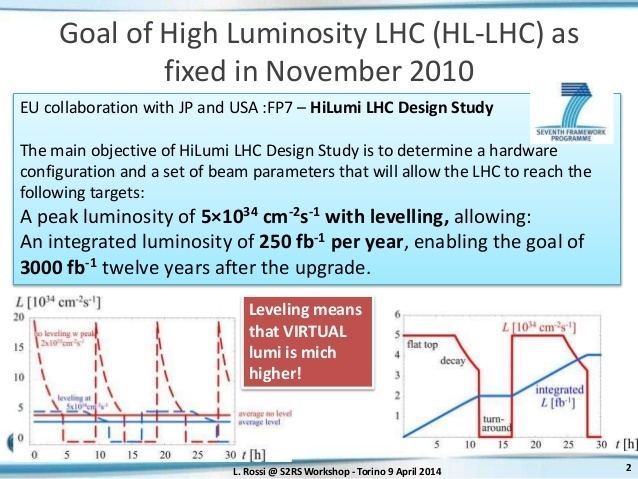
History
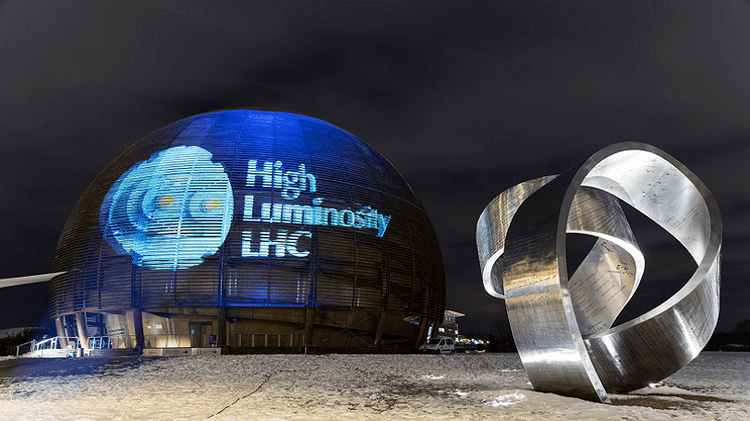
Many different paths exist for upgrading the collider. A collection of different designs of the high luminosity interaction regions is being maintained by the European Organization for Nuclear Research (CERN). A workshop was held in 2006 to establish which are the most promising options.
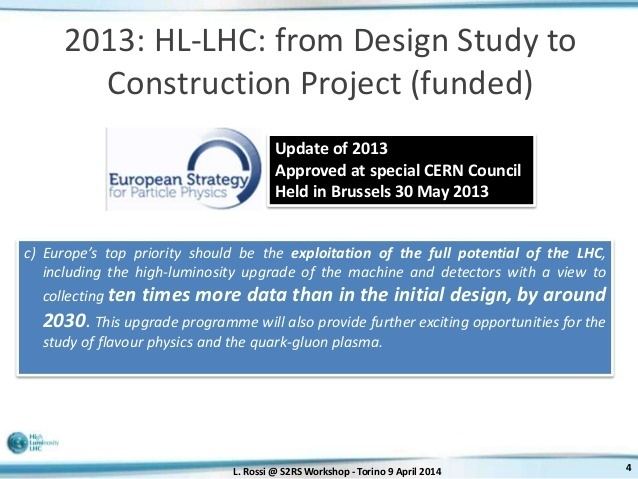
Increasing LHC luminosity involves reduction of beam size at the collision point and either reduction of bunch length and spacing, or significant increase in bunch length and population. The maximum integrated luminosity increase of the existing options is about a factor of 4 higher than the LHC ultimate performance, unfortunately far below the LHC upgrade project's initial ambition of a factor of 10. However, at the latest LUMI'06 workshop, several suggestions were proposed that would boost the LHC peak luminosity by a factor of 10 beyond nominal towards 1035 cm−2s−1.
The resultant higher event rate poses important challenges for the particle detectors located in the collision areas.
Injector upgrade
As part of the Phase 2 Super LHC, significant changes would be made to the proton injector.
Superconducting Proton Linac (SPL): Accelerating protons with superconducting radio frequency cavities to an energy of 5 GeV.
Proton Synchrotron 2 (PS2): Accelerating the beam from 5 GeV at injection to 50 GeV at extraction.
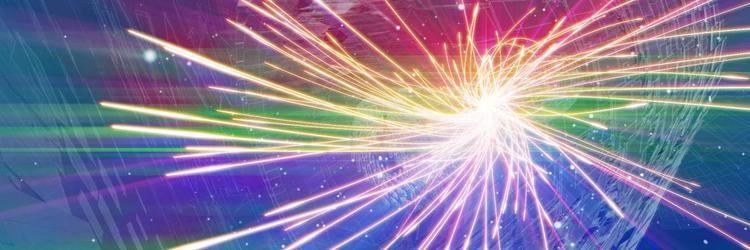
Super Proton Synchrotron (SPS) Upgraded: The present SPS would be substantially upgraded to handle an increased beam intensity from PS2.
